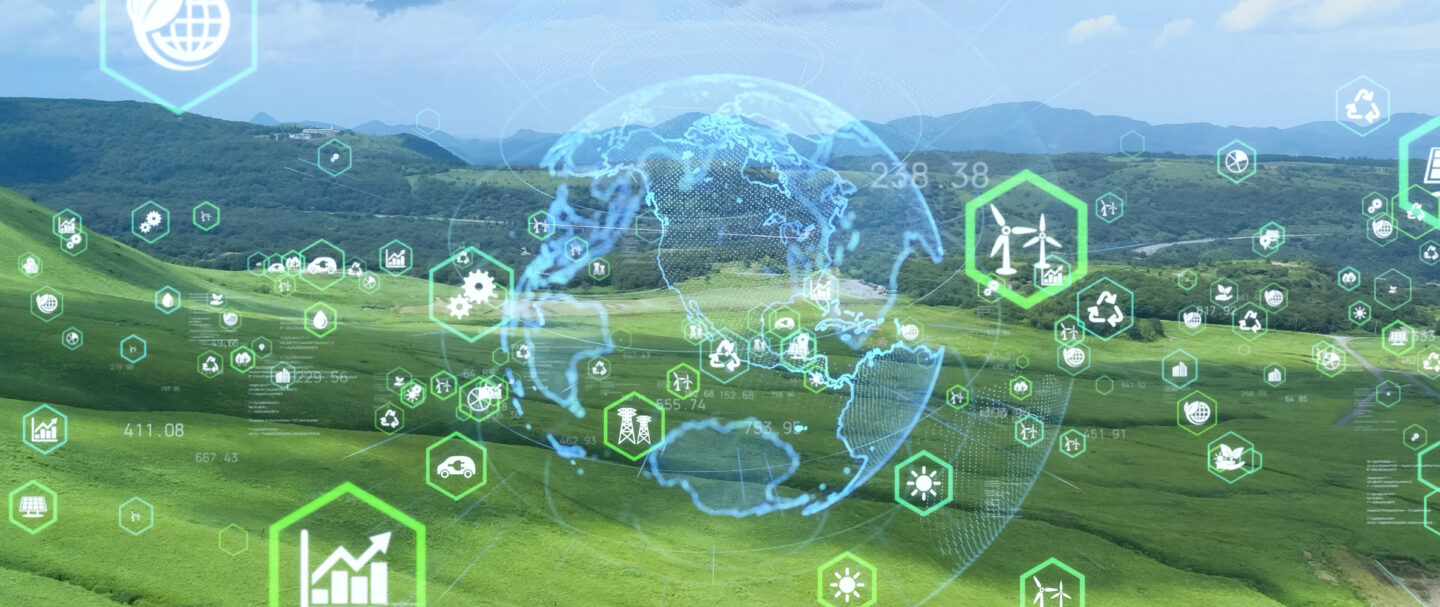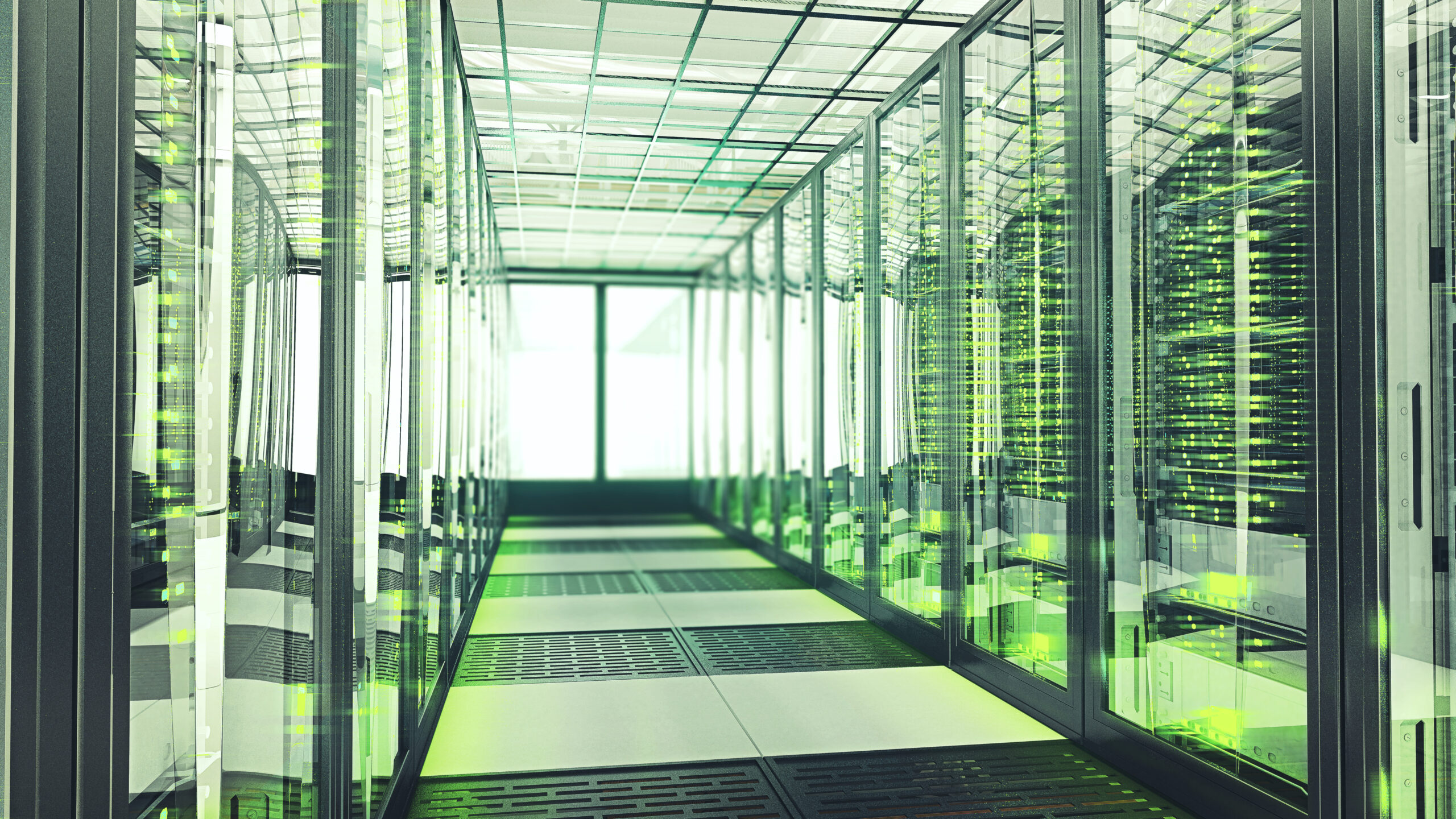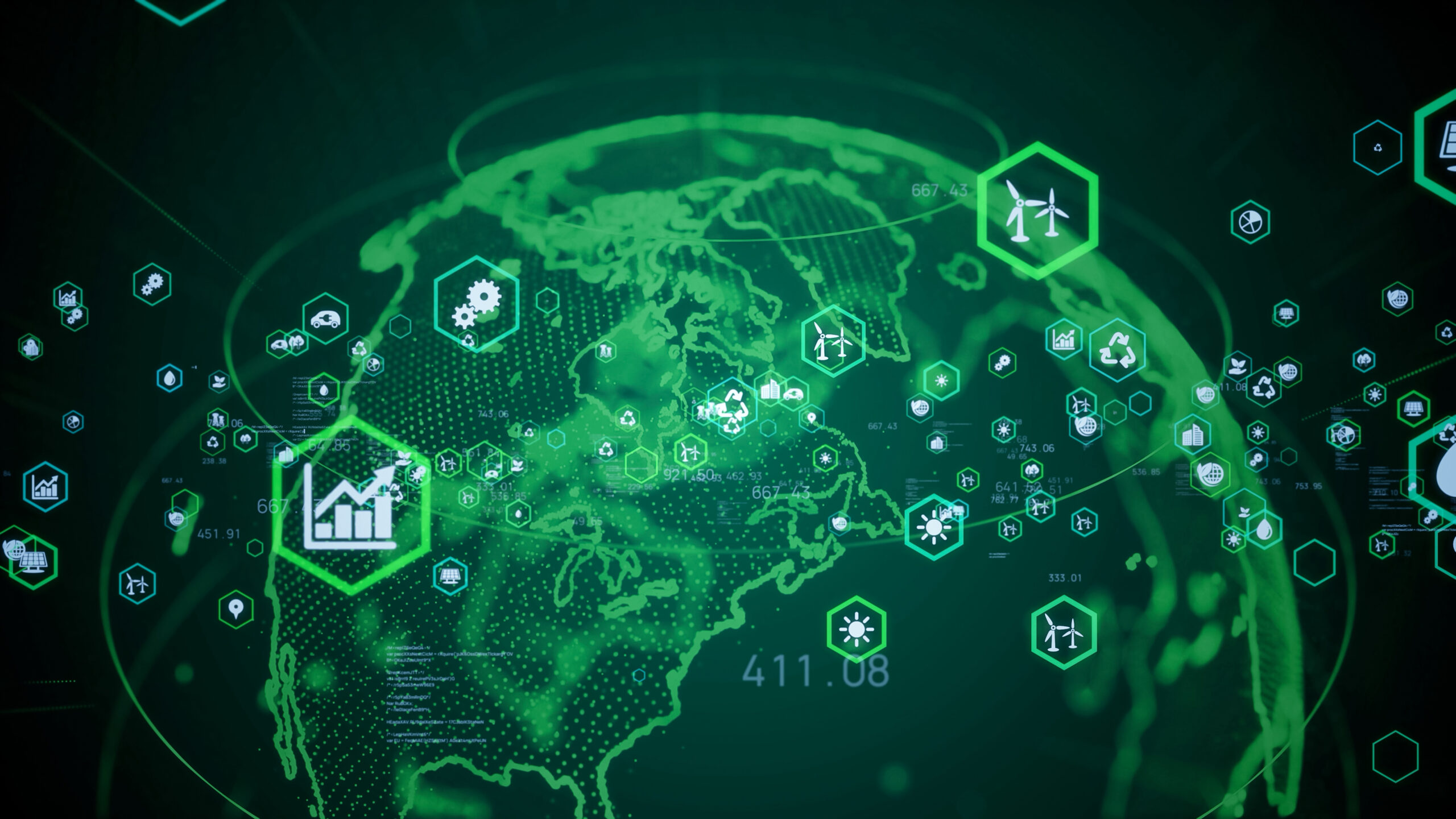
Adding Up the Ecological Positives for Green Data Centre Policy

The demand for compute power, immersive content, cloud-based applications, and always-on services continues to grow, and it’s from data centres that all that digital goodness flows. Expectations regarding the usability of those data centre-based operations also rise; we demand better responsiveness, lower latencies, and a greater degree of personalization. Therefore, the world needs more data centres (DCs) to handle the vast volumes of data generation, and it also wants them closer to end-users to ensure the velocity of data flows meets customer experience expectations. Five years ago, “Edge” facilities were defined as industry-specific capabilities as close to end-users as possible. In 2023, we want all the convenience and speed of edge installations but at a cloud scale.
Alongside the increase in demand comes a realization that progress must be achieved with minimal environmental impact. Large technology companies have made significant pronouncements: Microsoft intends to be a carbon-negative company by 2030, and big tech companies’ ecological aims are massively dependent on the efficiency and power profiles of the data centres they operate. Every company now has (or should have) its environmental mission, so assuming at least some of their services are data centre-based, organizations should look for a DC provider and operator with the right green agenda.
We spoke recently to Steven Sprokholt (Senior Director of EMEA Project Management and Sustainability) at EdgeConneX, a company with ambitious plans for ecologically-aware global expansions. We discussed the company’s aims and objectives, both for its environmentally friendly practices and its business strategy. The company intends to be fully carbon-neutral by 2030, a commitment it shares with many of its clients. But “being green” is still seen in many quarters as costly, a mindset Steven wants to dispel. “There are several attractive incentives for sustainable policies,” he said. “Attracting new talent to a company, for example, is absolutely aided by positive ecological policies. Plus, if companies have invested heavily in sustainability, they’re less affected by significant cost increases for power. Sustainability is, therefore, “risk reduction,” he suggested.
From the point of view of being a data centre operator and builder, there are two strands to pursuing green policies. The first is in the build of each facility: “There, I think the first step will involve low impact materials, meaning similar materials with a similar performance, but with a much-reduced carbon footprint. There are a lot of logistics going around a construction site, so that’s a difficult goal to achieve. Not impossible, but it’s a challenge,” he told us.
Operationally, too, there are steps to follow. “But with initiatives that we have already launched […] such as 24/7 carbon-free energy in our Houston datacentre, where we measure every single hour of the day, and (try to) match this to renewable energy sources when they are available. This can enable us to become truly carbon-free from an electricity consumption standpoint[1]. Here the issue is that even when you are buying renewable energy offsets or are relying on a purchase-power-agreement (PPA) that at any single hour, even when it’s a grey, less windy day outside, means that you will rely on a grid’s thermal energy supply. The question becomes: How do you get sufficient renewable energy: whether it is hydro, nuclear, or otherwise? Nuclear depends on your frame of reference, but at least it’s almost carbon-free. The challenge is, can you match those energy sources to supply your data centre at any given hour? And at what price point? That will be the main question.”

Companies commissioning data centres will always look to PUE figures to determine the carbon impact of their activities (“cooling is what drives PUE above one,” Steven said), but all company activities add or subtract from its overall environmental impact.
Regulators and public authorities perceive data centres as big warehouses filled with servers with very high energy consumption. They put a significant claim on the electricity infrastructure and compete for this scarce resource with other industries.
Convincing regulators and authorities that a data centre also has a large positive impact on society means looking at a data centre’s indirect effects. New data centres often enable businesses to move to the cloud away from hosting an in-house server. Significant reductions in energy use are due to both more efficient cooling and more efficient equipment. But there are many other factors in the mix, too.
“For example: In one area, machine learning can help us reduce outages and ensure equipment with business is operating at peak efficiency. There are also many other gains across industries, for example, in the healthcare industry. In cases of telesurgery, or telemedicine, it can seem very easy for a surgeon to operate on somebody across the world with sophisticated robotic devices. However, it means that latency needs to be virtually zero […] and we have edge data centres [that] make sure that latency is the lowest it can be. This means that a global expert can provide high-quality medical support and give patients a better life without having to travel on an aeroplane. Again, it is hard to quantify what the exact CO2 savings and societal benefits would be in cases such as these, but data centres play a pivotal role […], and I think sometimes it’s a little bit overlooked.”
Although adding the indirect effects of data centres may seem too intricate for proper quantifying, we can consider the “indirect” effects of the DC during the COVID pandemic. Because of cloud-based services, which allowed many people to work virtually, the business world achieved relative business continuity. Without data centres, there would have been few video meetings and less collaborative working, and the economic effects on world economies would have been much worse. Similarly, in our personal lives, we also achieved some continuity. Our children could still learn virtually, and for entertainment, we could stream shows, play multi-player online games, work out with virtual trainers, and connect with our families, all thanks to the online applications enabled by data centres.
Interestingly, Steven said that the resources many relied on during the pandemic were already largely in place and did not require a mass mobilization of resources (and accompanying carbon emissions). “Again, in the Netherlands but this is true for the rest of the world, we saw huge increases in the amount of data being processed by data centres, not necessarily with a huge increase in power consumption. But because the capacity was there from day one, nothing changed. You could just start up Teams, and [all] these video calling platforms.”
As the demand for data centres grows, so does the EdgeConneX presence in the APAC region. But in line with its commitment to carbon neutrality, EdgeConneX believes, Steven said, “Access to renewable energy is critical here: we see it as a critical location factor.”
And as the company expands, part of its growth in the Asia Pacific includes third-party partnerships, such as its joint-venture, AdaniConneX in India, a newly launched partnership with Aboitiz in the Philippines, a strategic investment in Chinese data centre operator, Chayora, and more partnerships and market-entries planned for the region in the near future.

EdgeConneX also set up training programs with staff from each of those companies, showing the local professionals how carbon-aware operations can be deployed, as well as sharing lessons learned of safely operating data centres globally for the past decade with 5 9’s of uptime. That way, along with dynamic growth, providing edge compute, networking, and storage, EdgeConneX, can keep its green targets on track.
The company consults and exchanges best practices with other operators operating alongside it. Steven said, “We ask, what’s the smart way of doing things? What have our subject matter experts (SMEs) learned in the past couple of years? And how can we bring their expertise to our [partner] data centres.”
Although the future of ecologically-sound data centres might seem to be growing in adventurous, new technological leaps and bounds, like Microsoft’s underwater data centre, the addition of multiple factors creates a data centre operator that’s in tune with the planet’s ecology.
EdgeConneX has committed to the future through its sustainability strategy, green financing and procurement policies: find out more here.
Download the EdgeConneX whitepaper on how they are validating a 24/7 carbon-free energy approach as an effective solution for increasing the adoption of cleaner sources of energy; find out more here.
READ MORE
- 3 Steps to Successfully Automate Copilot for Microsoft 365 Implementation
- Trustworthy AI – the Promise of Enterprise-Friendly Generative Machine Learning with Dell and NVIDIA
- Strategies for Democratizing GenAI
- The criticality of endpoint management in cybersecurity and operations
- Ethical AI: The renewed importance of safeguarding data and customer privacy in Generative AI applications
